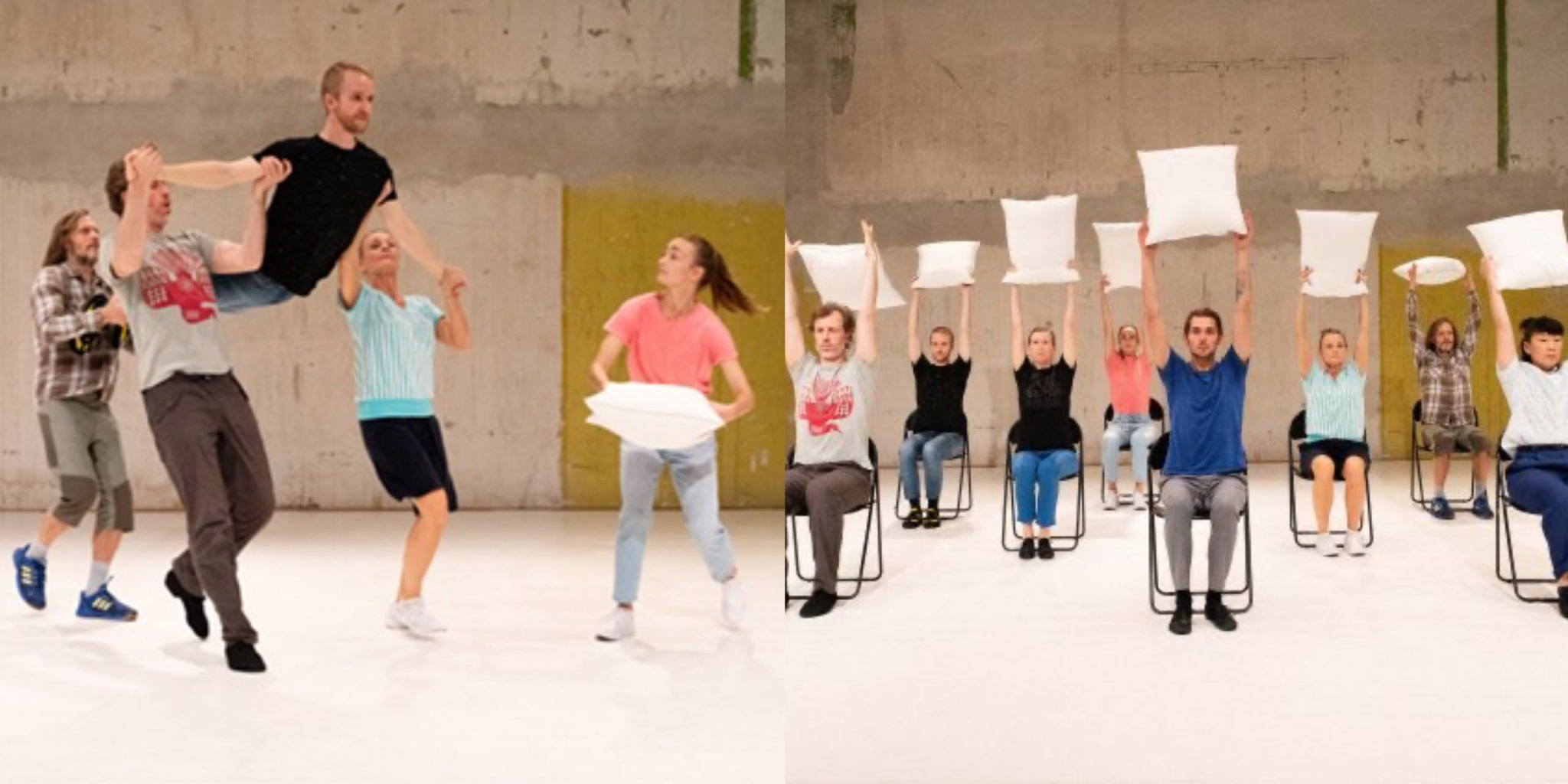Is Dance Capable of Addressing Social Issues?
Dance provides a unique opportunity for me to authentically express my emotions. I am free to openly embrace the exhilaration I feel when I hear Tchaikovsky's music or witness the breathtaking thirty-two fouettes in a pas de deux coda. This art form allows me to experience profound aesthetic enjoyment, and I am grateful for the enrichment it brings to my life.
However, in recent years, modern dance has evolved into a powerful tool for addressing social issues, often serving as a means of expressing social or even political agendas rather than purely focusing on aesthetics. This perspective has always left me wondering if dance is truly the most effective and efficient way to communicate ideas to the world and society. While dance undeniably has a significant impact on people, I constantly question its efficacy compared to speeches and protests.
How can dance effectively serve as a reflection of xsocial issues?
In Yvonne Rainer's choreography piece "Again? What now?", the intention is to protest the tumultuous state of the United States' current social and political situation. However, it raises the question of how the audience can effectively comprehend the message being conveyed by simply observing the dancers running and jumping on stage. Modern dance, known for its abstract and subtle nature, poses the potential for the audience to interpret the ideas differently from the choreographer's original intent.

An Irreconcilable Divide between the Artistic and Social Aspects of Dance:
Art, including dance and music, often thrives on subtlety and abstraction, where not everything needs to have a clear meaning. For instance, when choreographers create new movements, their focus may be on the beauty and strength of the dancers, rather than conveying a specific message. On the other hand, politics deals with real-world issues and demands practical, efficient, and effective actions. Verbal means such as debates and speeches are often more powerful tools for creating social change, as they enable society to hear the words and actions directly.
Choreographers, however, continue to make efforts to reconcile these opposing forces.
Yvonne's Endeavor in Delivering Messages through Dance:
Yvonne Rainer's work can be considered avant-garde due to its experimental nature. In one particular section, she incorporated sound and noise, with dancers shouting and asking thought-provoking questions. This sudden shift to verbal expressions captured the audience's attention, emphasizing the choreography's intention to respond to the societal challenges facing the United States. For example, the question "Where have you been?" initially perplexed the audience, but it was followed by more thought-provoking questions like "What does that mean?" and "What kind of power overcomes agony?" These questions sparked intrigue, especially the one about the power to overcome agony, which prompted contemplation on mental illnesses.
It's worth noting that the impact of these verbal expressions was not solely derived from the words themselves, but also from the accompanying sounds and the dancers' twisted and contorted movements. For instance, one dancer crossed her leg over another while bending over to maneuver her arm through one of her legs, creating a challenging and uncomfortable position. Despite the difficulty, this position allowed the dancer to deliver her line with a sense of discomfort, which in turn made the audience uncomfortable. This discomfort effectively conveyed Rainer's goal of portraying a tormented individual in a desperate society.
Yvonne Rainer skillfully incorporated sound, verbal expressions, and challenging movements in her avant-garde work, capturing the audience's attention and highlighting the choreography's response to societal challenges. While dance may be subtle in representing our society, it is admirable that choreographers continuously strive to integrate social issues into their art. However, it is important for artists and dancers to not disregard the aesthetic aspect of art in pursuit of practical significance. Watching modern dance is not as relaxing as watching classical ballet, as it requires active thinking and contemplation. The abstract nature of modern dance invites viewers to consider whether choreographers and dancers are expressing something beyond the physical movements. This is similar to appreciating modern paintings, where the focus is on the meaning behind the art rather than the strokes and lines. Each viewer may interpret the art differently, and there may not be a universal understanding or interpretation.
Post a comment